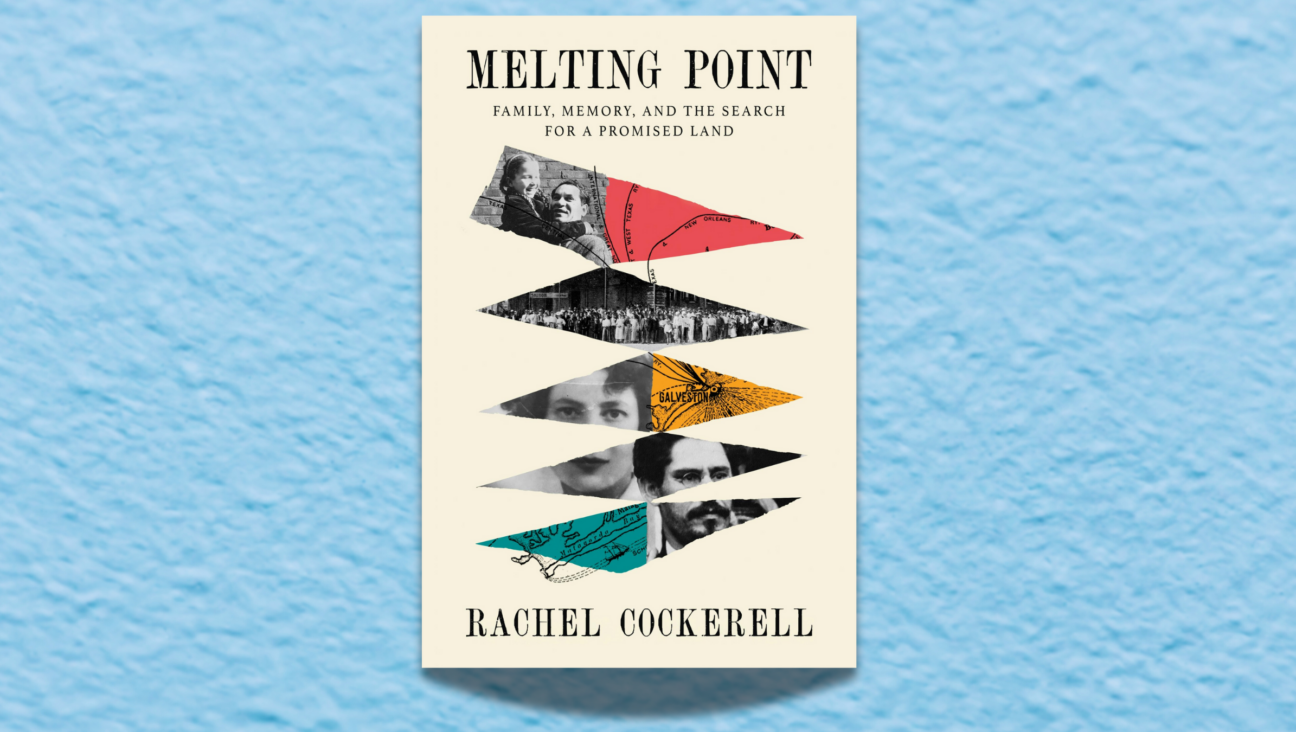Translations And Transliterations
Each of the first three chapters of Leviticus, and therefore of this week’s portion, Va-Yikra, is taken up with a detailed description of a different offering or sacrifice. Although many modern readers of the Hebrew Bible devote little more than a glance to this material, it was obviously important to the ritual life, and therefore to the well-being, of ancient Israel. It is for that reason that the procedures for preparing and offering these sacrifices are prescribed in great detail.
It is, therefore, all the more surprising that translators have come up with such diverse terms to render each of these offerings. For the first, found in chapter one of Leviticus, the majority of English-language versions, including most Jewish versions, have “burnt offering,” which closely approximates the earlier “burnt sacrifice” of the King James Version. The Revised English Bible, a British publication, and the New American Bible, an authorized translation of the Roman Catholic Church, reflect the same idea — namely, that the sacrifice is totally consumed by fire — with their “whole offering” and “holocaust offering,” respectively. The Hebrew term being translated, however, has nothing to do with “burning,” but rather, as Everett Fox correctly reflects with his Schocken Bible’s “offering-up,” it is related to the Hebrew root “to go up” or “ascend.”
The second chapter of Leviticus speaks of something prepared with nonmeat products: “meal” (so the New Jewish Version, the ArtScroll, and Aryeh Kaplan), “grain” (as in the New Revised Standard Version, the New International Version, the Revised English Bible, and Fox [with his “grain-gift”]), or “cereal” (found in the two prominent Roman Catholic versions, the New American Bible and the New Jerusalem Bible). Although all these terms are related and in some sense overlap, they nonetheless connote very different things to modern readers, especially younger ones, who might well be tempted to wonder why Cheerios or Corn Flakes were ever appropriate to offer to the Lord!
The third offering, which in Hebrew encompasses a form of the root shalom, presents the widest variety of renderings: well-being, peace or fellowship (see also the closely related “shared” and “communion”). In his learned commentary on Leviticus, Baruch Levine argues in favor of “a sacred gift of greeting,” marshaling ancient Near Eastern evidence to support this view. Each of these is a possible translation of the Hebrew, but they reflect quite different conceptions of the purpose of this important ritual.
In my opinion, all readers, and especially Jewish readers — for whom these chapters should retain a lively relevance as they did for talmudic rabbis (most of whom, like us, lived after the fall of the Jerusalem Temple, and the end of its sacrificial system) — are best served by transliterating these terms rather than translating them: Thus, we would have in chapter one, “olah”; in chapter two, “a minchah offering/gift”, and in chapter three, “an offering of shelamim” (Fox anticipates this with his “slaughter-offering of shalom”). To my mind, this is the best way to alert readers to the fact that, at this point, they need to take some extra time to consider both the nature and purpose of these rituals.
Now it is true that many English-language versions, especially Jewish ones, include a footnote for these chapters, but it is also true that even careful readers don’t always take such an opportunity to follow through on the discussion thus proffered. A transliteration in the text is a far more effective mechanism to achieve this goal.
It is also true that, from antiquity on, there has been a protracted discussion on the relative value of transliterating certain terms or phrases. I suspect that the majority of translators have avoided this procedure, since it could be seen as a “copping out” on their responsibility as a bridge builder between the ancient text and its society, and between the translators and theirs.
In this instance, however, I am willing to take my chances with such a charge because I truly believe that the approach I am advocating (and not just for these chapters in Leviticus) provides the best opportunity to lead contemporary readers into the world of the Hebrew Bible, which in my opinion is the goal of any non-Hebrew version of the Bible for Jews. We should never lose track of the fact that, for Jews, modern versions cannot supplant, but only supplement, the original. Sometimes, as in these instances, transliteration is the ideal way to construct a bridge that will link antiquity to the modern world.
Leonard J. Greenspoon, who holds the Klutznick Chair in Jewish Civilization at Creighton University in Omaha, Neb., writes frequently on issues related to biblical translation.
The Forward is free to read, but it isn’t free to produce

I hope you appreciated this article. Before you go, I’d like to ask you to please support the Forward.
Now more than ever, American Jews need independent news they can trust, with reporting driven by truth, not ideology. We serve you, not any ideological agenda.
At a time when other newsrooms are closing or cutting back, the Forward has removed its paywall and invested additional resources to report on the ground from Israel and around the U.S. on the impact of the war, rising antisemitism and polarized discourse.
This is a great time to support independent Jewish journalism you rely on. Make a Passover gift today!
— Rachel Fishman Feddersen, Publisher and CEO
Most Popular
- 1

News Student protesters being deported are not ‘martyrs and heroes,’ says former antisemitism envoy
- 2

News Who is Alan Garber, the Jewish Harvard president who stood up to Trump over antisemitism?
- 3

Politics Meet America’s potential first Jewish second family: Josh Shapiro, Lori, and their 4 kids
- 4

Fast Forward Suspected arsonist intended to beat Gov. Josh Shapiro with a sledgehammer, investigators say
In Case You Missed It
-
Fast Forward Jewish students, alumni decry ‘weaponization of antisemitism’ across country
-

Opinion I first met Netanyahu in 1988. Here’s how he became the most destructive leader in Israel’s history
-

Opinion Why can Harvard stand up to Trump? Because it didn’t give in to pro-Palestinian student protests
-

Culture How an Israeli dance company shaped a Catholic school boy’s life
-
Shop the Forward Store
100% of profits support our journalism
Republish This Story
Please read before republishing
We’re happy to make this story available to republish for free, unless it originated with JTA, Haaretz or another publication (as indicated on the article) and as long as you follow our guidelines.
You must comply with the following:
- Credit the Forward
- Retain our pixel
- Preserve our canonical link in Google search
- Add a noindex tag in Google search
See our full guidelines for more information, and this guide for detail about canonical URLs.
To republish, copy the HTML by clicking on the yellow button to the right; it includes our tracking pixel, all paragraph styles and hyperlinks, the author byline and credit to the Forward. It does not include images; to avoid copyright violations, you must add them manually, following our guidelines. Please email us at [email protected], subject line “republish,” with any questions or to let us know what stories you’re picking up.












